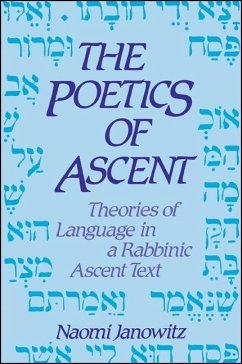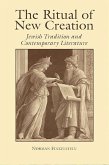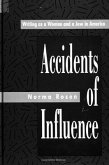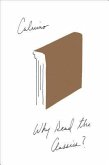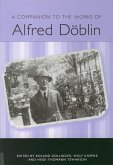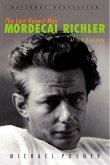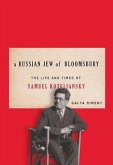This book represents the first English translation of Maaseh Merkabah, which is part of a body of early Jewish mystical texts known as palace (hekhalot) or chariot (merkabah) texts. Through a complex dialogue, a rabbi-teacher reveals to his student the techniques of ascent, methods for traveling up through the heavens by means of recitation of hymns. The teacher gives vivid descriptions of the heavenly realm, filled with flaming chariots and a chorus of angels engaged in praising the deity. The emphasis in the text is on language, on the correct recitation of the words to achieve the ritual. The particular focus is on the divine Name, which can be employed in unusual ways. The author relates the structures of the text to the linguistic idealogies. The complex structures of the text begin to unfold in light of the theories about the ritual function of language. The hymns include praise of the deity and voces magicae, words that have no semantic meaning, but draw attention to sounds of letters in God's name. Since God's name is used to create the world, the sounds of the name are creative, but the Name cannot be spoken. The hymns create a multiplicity of Name-equivalents, words that have the functional status of the divine Name and which can be employed in ritual. Voces magicae are not so much nonsense as they are logical extensions of the linguistic theory. The final chapter surveys recent theories of ritual language and then uses the conclusions from the study to refine the general issue of the relationship between the semantic meaning of words and their ritual efficacy. The dialogic structure of the text permits the reader to become the next student in a chain going back to the deity by means of Moses.
Hinweis: Dieser Artikel kann nur an eine deutsche Lieferadresse ausgeliefert werden.
Hinweis: Dieser Artikel kann nur an eine deutsche Lieferadresse ausgeliefert werden.

